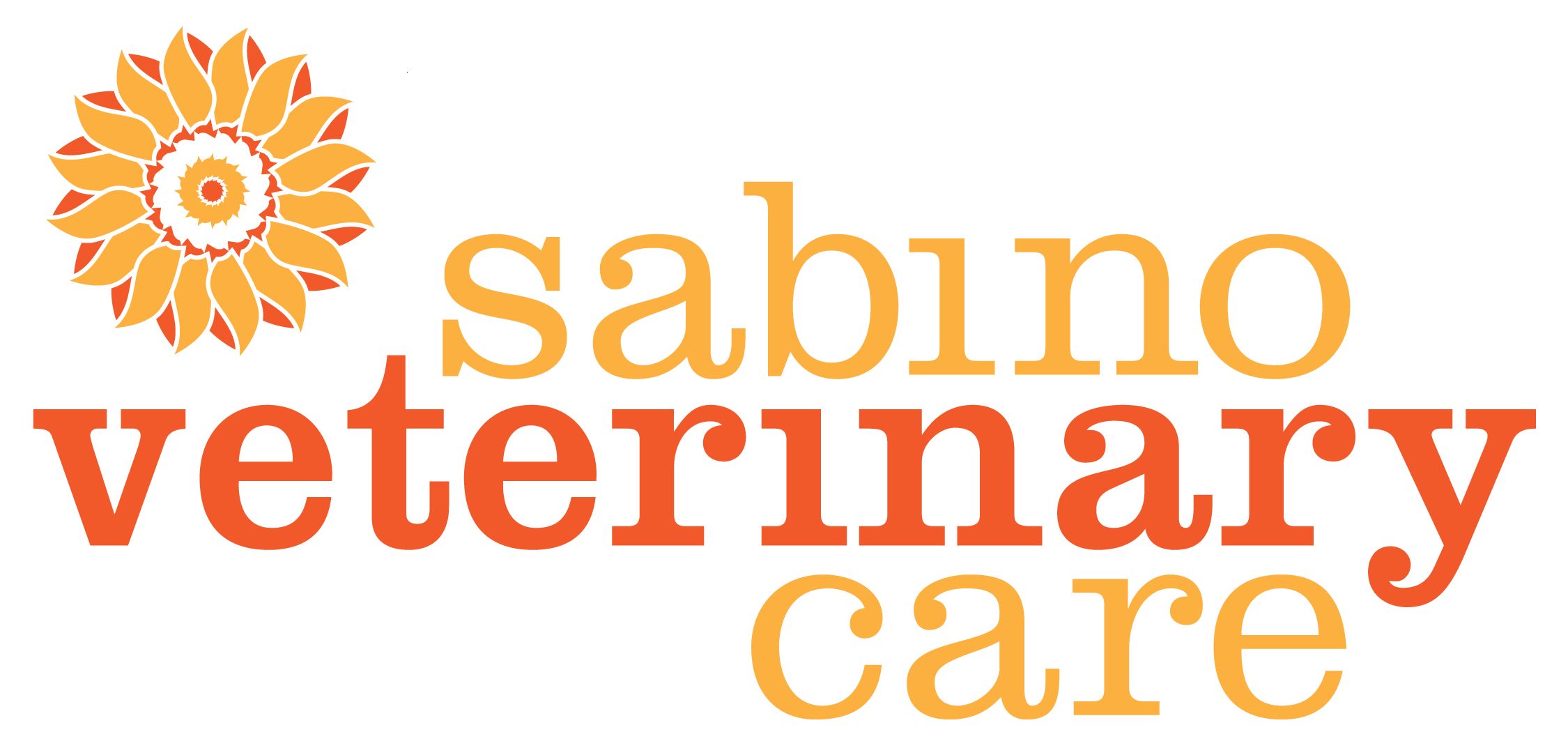Since February is National Pet Dental Health Month, I thought it would be cool to give everyone a sneak peak into what happens behind the scenes when we do a dentistry at Sabino Veterinary Care!
This is my own cat, Frodo (AKA Frodo Baggins of the Shire, Mr. Frodo, Kitty). He is due for his annual dental cleaning. Here’s a little back story: Frodo is a rescue that we got back in 2011 after a good samaritan brought him into the emergency clinic where I was working at the time.
He was very sick and was suffering from a bad infection from an old cat bite abscess. He spent 3 weeks in our hospital recovering and by the time he was ready to be released I’d decided he was coming home with me. He is absolutely the sweetest, softest guy you’ll ever meet.
Here he is on the day of his dental. He still gets pretty nervous at the vet.
Dr. Susan examined him and we drew some blood to run his pre-anesthetic lab work.
Unfortunately I didn’t get a shot of him getting his blood drawn, but basically I just laid him on his side and held his head up while Dr. Susan drew from the vein in his neck (jugular vein). He was very brave. We got his lab work back, and everything looked perfect!
He got an injection, which we call a “pre-med” to make him sleepy before anesthesia. This is something we do on every patient. It’s a combination of sedation drugs which helps to relax them and makes the transition into anesthesia really smooth. It also provides some pain control for the procedure coming up. Here I am giving his injection.

And here he is 10-15 minutes after! Notice his “far away” stare and the little tongue sticking out?? He was feeling pretty darn good!

I set an IV catheter in his arm. Good thing he had his sedative on board. He hardly even flinched.

Now he’s ready to be induced under anesthesia. I slowly injected an induction drug, called Propofol, into his IV catheter. Once I got about 1⁄2 way through the injection I could see his eyes start to roll back and his body relaxed. Kim held his jaw open and I intubated him with an endotracheal tube. This tube keeps his airway open and allows us to hook him up to anesthesia gas, which keeps him sleeping.

We got him hooked up to the anesthesia machine, monitoring equipment, and IV fluids. Then got him in position to start taking dental X-rays.

I took a full set of x-rays to check for any periodontal disease under his gums. See that yellow thing in his mouth? That is the x-ray plate. It’s a lot like the one they use in human dentistry. It has to be placed in his mouth in specific places/angles in relation to the x-ray beam in order to get shots of the tooth roots.

Overall things looked pretty good! The only problem we found was a loose incisor tooth (those tiny teeth in the very front).
You can see the tooth in this picture, and the x-ray of the same area in the next picture. He lost a couple of his other incisors before I had him (probably another cat fight!)
Dr. Susan did a thorough exam on his mouth and then reviewed his x-rays while I got started on cleaning.
Before! See all the yellow coloration on his teeth? That is calculus, which is a rock-hard deposit on that forms on the teeth. No amount of brushing would get that off!

I used an ultrasonic scaler to break off the chunks of thick calculus on his teeth.

Then I used the polisher and paste to smooth out any scratches on the enamel from the scaling.

Viola! So pearly-white!

Dr. Susan extracted the incisor, which took about 10 seconds because it was already pretty loose.
Once the procedure is done we turned off the gas anesthesia and let him breath just oxygen for 5-10 minutes. He started coming around and so we disconnected all of his monitoring equipment and got ready to extubate him (remove his breathing tube). As a general rule, we always wait for them to swallow before we remove the tube. This way we know that he has full control of his swallowing reflex and won’t inhale any fluids in the back of his throat.
Here he is recovering, what a trooper.

Here he is back to his normal self the day after his cleaning! Cute little guy.

Thanks for reading!
What's Next
Call us or schedule an appointment online.
Meet with a doctor for an initial exam.
Put a plan together for your pet.



